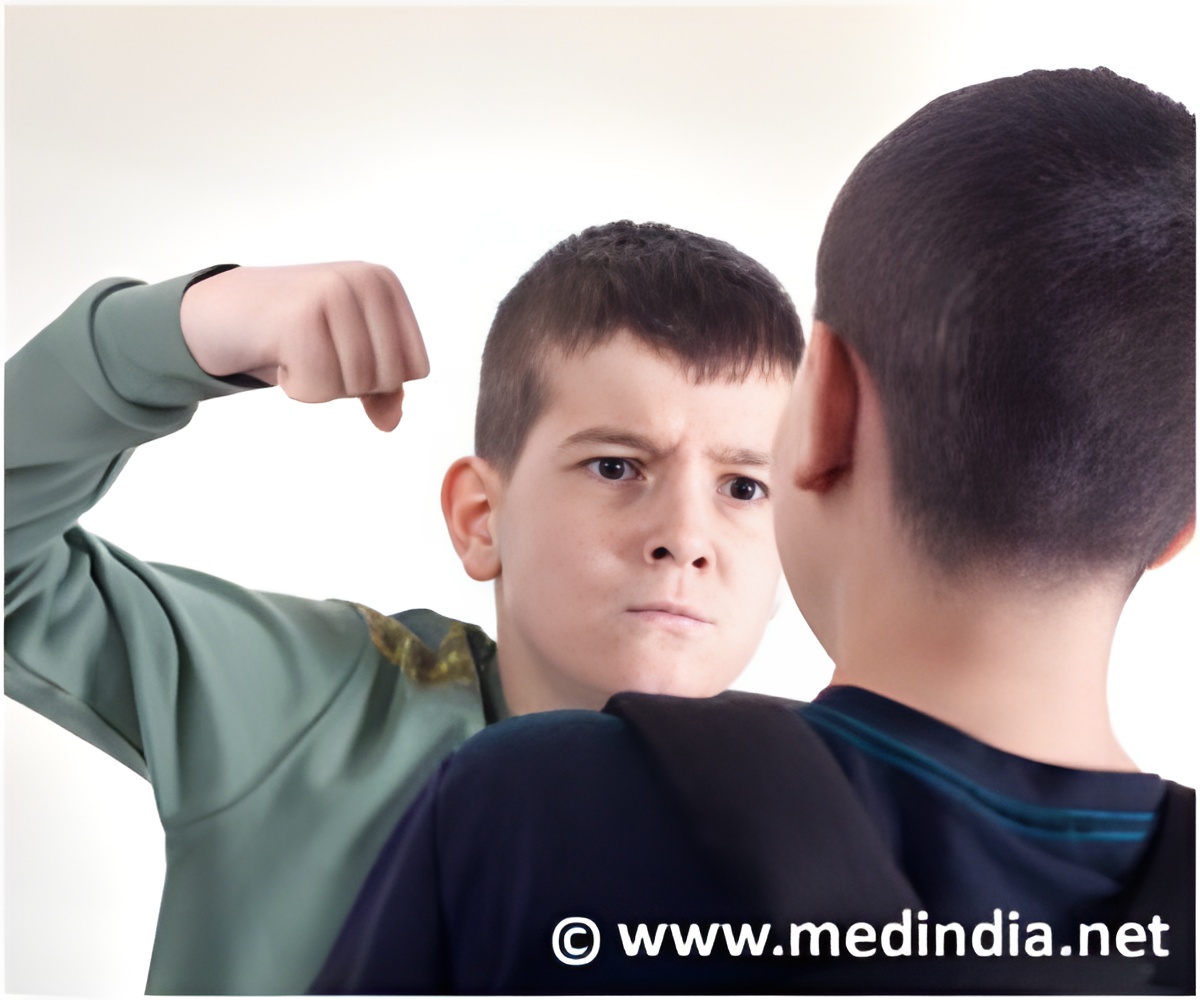Bullying has long been tolerated as a rite of passage among children and adolescents, but it has lasting negative consequences and cannot simply be ignored.

TOP INSIGHT
Bullying requires a commitment to developing preventive, interventional policies and practices that could make a tangible difference in the lives of many children.
Although it is difficult to determine the extent of bullying due to definitional and measurement inconsistencies, bullying likely affects between 18 percent and 31 percent of children and youth, and the prevalence of cyberbullying ranges from 7 percent to 15 percent. Estimates are even higher for subgroups who are particularly vulnerable, such as individuals who have disabilities, are obese, or are LGBT. In addition, children with fewer same-ethnicity peers at school appear to be at greater risk for being targets of bullying.
Adolescents who are bullied experience a range of physical problems, including sleep disturbances, gastrointestinal concerns, and headaches. Although the full consequences of bullying on the brain are not yet understood entirely, there are changes in the stress response systems associated with being bullied that increase the risk of mental health problems, including cognitive function and self-regulation of emotions. Being bullied during childhood and adolescence has been linked to psychological effects such as depression, anxiety, and alcohol and drug abuse into adulthood.
Youth who bully others are more likely to be depressed, engage in high-risk activities such as theft and vandalism, and have adverse outcomes later in life compared with those who do not bully, the report says. In addition, individuals who bully others and are themselves bullied appear to be at greatest risk for poor psychological and social outcomes. Children involved in bullying as perpetrators, targets, or both are also significantly more likely to contemplate or attempt suicide. However, there is not enough evidence to conclude that bullying is a causal factor in youth suicides. The committee that conducted the study and wrote the report also examined the relationship between bullying and school shootings, concluding that the data are unclear on the role of bullying as a precipitating cause of these shootings.
Zero-tolerance policies may lead to underreporting of bullying incidents because the consequence is perceived as too harsh, the committee found. The effects of school-based programs that involve all students regardless of their risk for bullying or being bullied -- such as counselors or teachers presenting strategies for responding to bullying -- appear to be relatively modest. Multi-component programs that combine elements of these programs along with more targeted interventions for youth at risk of bullying or being bullied -- for example, teaching more intensive social-emotional skills or de-escalation approaches -- appear to be most effective at reducing bullying.
Laws and policies have the potential to strengthen state and local efforts to prevent, identify, and respond to bullying, the report says. Over the past 15 years, all 50 states and the District of Columbia have adopted or revised laws to address bullying, and all except Alaska include cyberbullying in their statutes. The U.S. Department of Education’s Office of Civil Rights, the state attorneys general, and local education agencies should partner with researchers to collect data on an ongoing basis on the efficacy and implementation of anti-bullying laws and policies, in order to guide legislators who may amend existing laws or create new ones.
The committee also recommended federal agencies work with relevant stakeholders to sponsor the development, implementation, and evaluation of evidence-based programs to address bullying behavior and bullying prevention training for professionals and volunteers who work directly with children and adolescents on a regular basis. In addition, social media companies should partner with the FPBP Steering Committee to adopt, implement, and evaluate on an ongoing basis policies and programs for preventing, identifying, and responding to bullying on their platforms and should publish their anti-bullying policies on their websites.
The agencies engaged in the FPBP interagency group should gather longitudinal surveillance data on the prevalence of all forms of bullying, including physical, verbal, relational, property, cyber, and bias-based bullying, and the numbers of individuals involved in bullying, including targets, perpetrators, and bystanders, in order to have more uniform and accurate estimates of prevalence.
"Bullying has long been tolerated as a rite of passage among children and adolescents, but it has lasting negative consequences and cannot simply be ignored," said committee chair Frederick Rivara, Seattle Children’s Hospital Guild Endowed Chair in Pediatric Research and professor of pediatrics and epidemiology at the University of Washington. "This is a pivotal time for bullying prevention, and while there is not a quick fix or one-size-fits-all solution, the evidence clearly supports preventive and interventional policy and practice."
Source-Eurekalert
 MEDINDIA
MEDINDIA




 Email
Email





